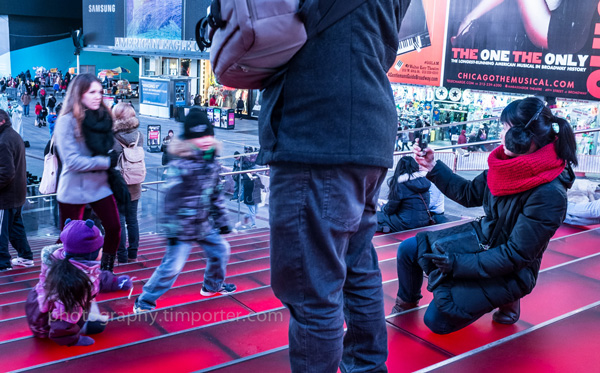What do you do when you realize you haven’t become the person you once hoped to be? What can you do? What should you do?
Age complicates the answers. If you are young and unencumbered with life’s baggage, you can – and should – make the changes that will take you where you want to be. If you are older, or even simply old, your options are fewer. You have obligations, many of them, financial and emotional. You have exchanged innocence and belief for experience and doubt. The road ahead is short, the time for a mid-course correction was long ago.
What can you do? What should you do?
These questions are in my head as I step out of the Rubin Museum onto West 17th Street during a recent visit to New York. A harsh, pre-winter wind fails to penetrate the sobriety of the moment, one focused on the exhibition I had just seen – more than 100 photographs made in post-World War II Asia by the pioneering Magnum photojournalist Marc Riboud.
With a Leica loaded with black-and-white film, Riboud inserted himself into the transition points of China, Japan, India and other countries during periods of often tumultuous political and cultural change. His work is direct, honest and, at times, both intimate and grand – everything good photojournalism should be.
Of course, I’d seen Riboud’s photographs before and even studied them in college, but collected together and filling room after room in the museum, the scale and the scope of his accomplishment was impressive and inspirational.
It also – selfishly – saddened me. This is the photography I yearn for and this remains the photography that eludes me. I am working on it, but I am not focused enough. My effort is scatter-shot, diffused by lack of direction.
A friend, a photographer I love and admire, urges me to find a story and tell it. I had dinner with her in New York and over steaming bowls of chewy udon she repeated her advice. Coincidentally, the next day, at the Riboud exhibition, I come across a letter written by Henri Cartier-Bresson to a 33-year-old Riboud in 1956, when the younger man was struggling with his photography.
“You’re still having trouble, I sense, finding a story,” wrote Cartier-Bresson, who then counseled Riboud to look for the “means” of telling a story, to find the pieces and put them together one by one until the larger narrative is complete. (A larger excerpt is below.)
I have no illusions of becoming Marc Riboud. In fact, at this point of my life I have no illusions of anything. Still, I treasure clarity for it can lead to conviction.
What can I do? What should I do?
(When in New York, I walk – a lot. The photos below are snaps from a couple of Manhattan walkabouts.)
“You’re still having trouble, I sense, finding a story. I’ll quote what Max Jacobs says about literature in a letter to a friend: ‘Look for the “means,” a work of art is a gathering of means to achieve an effect. Artists are not penitents displaying their sins, they are creators working towards a goal, they have a skill and a story gets made like a suit, with cutting and patterns. Whatever of ourselves we put into it, fine, but it’s necessary to learn how it’s made: what a situation is, how to bring it along, how to resolve it.”
— Letter from Henri Cartier-Bresson to Marc Riboud, March 19, 1956.

